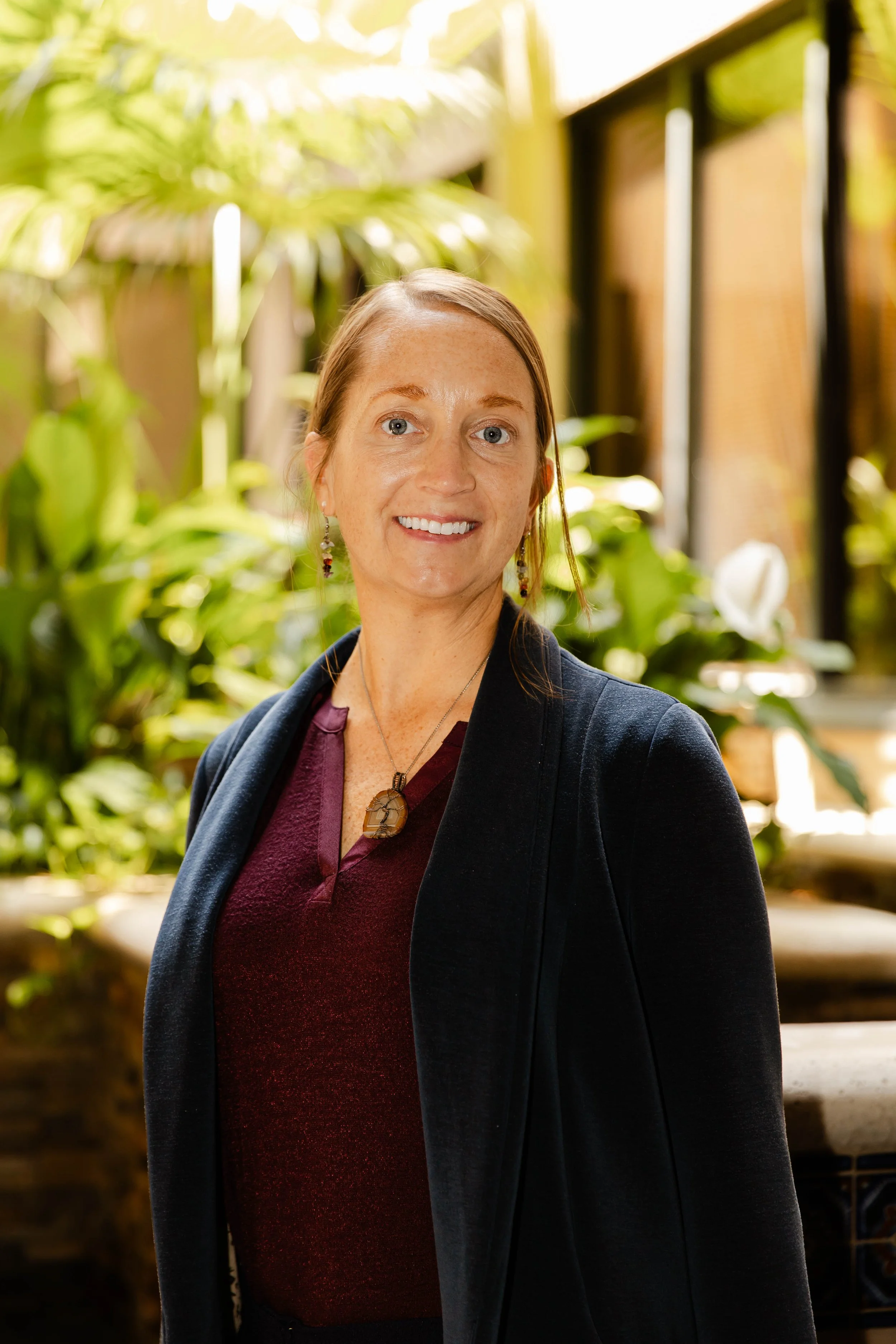As a sustainable civil engineer and the founder of SolFit Green Build, I am dedicated to creating affordable housing, urban farms, and vibrant communities that embody the principles of sustainability.
With a passion for green building practices, I strive to design and construct spaces that are not only environmentally friendly but also enhance the quality of life for residents. My work integrates innovative solutions and cutting-edge technology to promote energy efficiency, resource conservation, and a harmonious relationship with nature.
Civil Engineering
Civil Engineering
We work with our clients to develop comprehensive plans and designs for their projects. We specialize in the following areas of civil engineering:
Planning and Site Investigation
Conceptual & Final Site Plans
Paving, Grading, and Drainage Plan
Water and Sewer Utility Plan
Permitting and Entitlement
Pre-Construction Value Engineering
Construction Management
Green Building Practices at SolFit Green Build:
Energy Efficiency: Implementation of energy-efficient designs, including passive solar heating, high-performance insulation, and energy-saving appliances, to reduce energy consumption and lower utility costs.
Sustainable Materials: Use of eco-friendly, non-toxic, and locally sourced materials that minimize environmental impact and support local economies.
Water Conservation: Incorporation of water-saving fixtures, rainwater harvesting systems, and graywater recycling to optimize water use and promote sustainable water management.
Renewable Energy Integration: Installation of solar panels and other renewable energy systems to provide clean, renewable power to buildings and reduce reliance on fossil fuels.
Green Roofs and Urban Farming: Development of green roofs and urban farms to enhance biodiversity, reduce urban heat islands, and provide fresh, locally grown produce to the community.
Waste Reduction: Implementation of construction waste management plans and recycling programs to minimize waste and promote circular economy practices.
Healthy Indoor Environments: Focus on indoor air quality through the use of low-VOC paints, natural ventilation systems, and the incorporation of plants and greenery within living spaces.
Community Engagement and Education: Collaboration with local communities to promote sustainable living practices, offer educational workshops, and involve residents in the design and development process.


